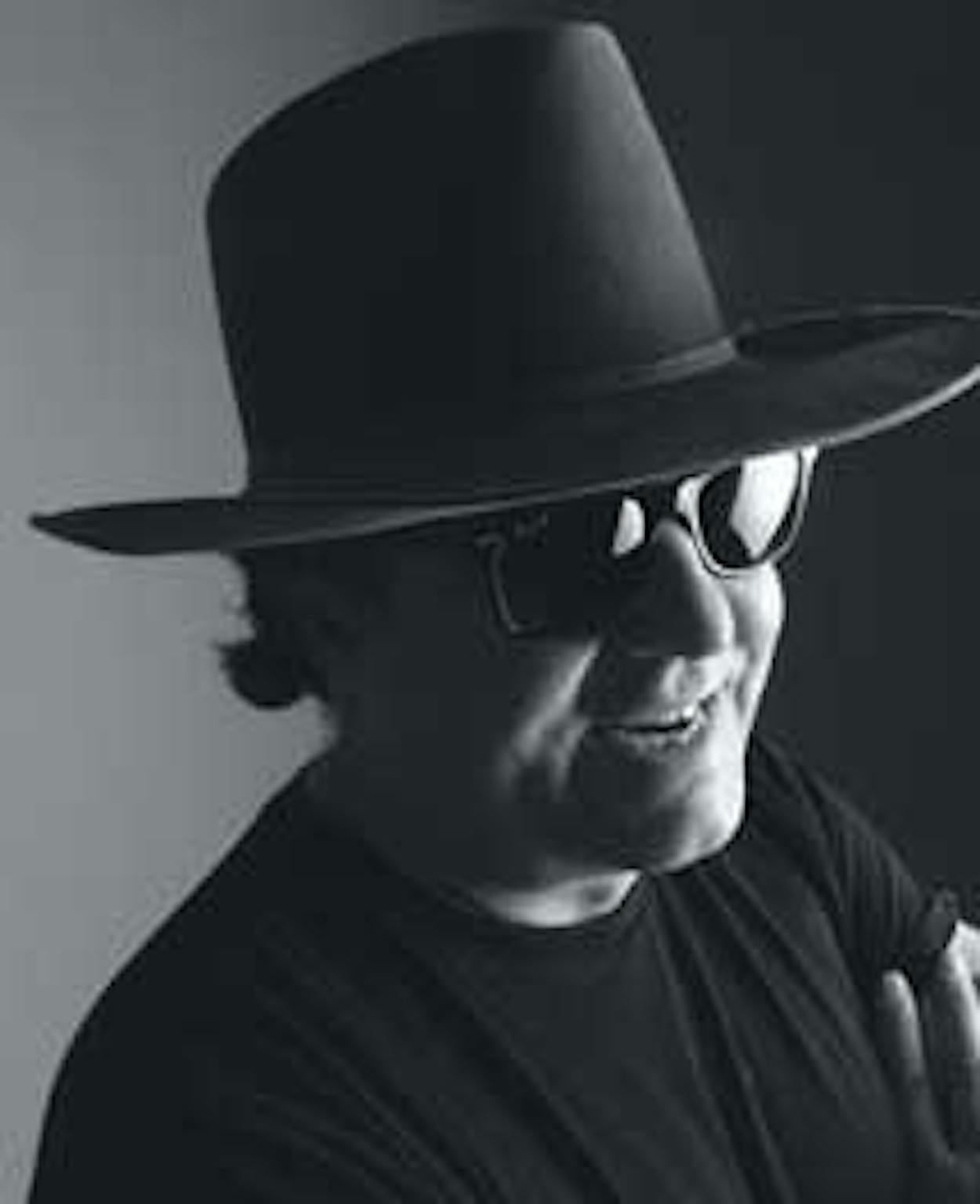Sex, Death & Oysters: A Half-Shell Lover’s World Tour captures the Houston food writer at his best, offering culinary insight, scientific fact, and offbeat humor as he travels the globe in search of the truth about oysters (including their alleged resemblance to the female anatomy and occasional fatal effects). His five-year adventure led him far from Galveston Bay to places such as France and Ireland, where he questioned many a mollusk expert—harvesters, farmers, chefs, and consumers—about the makings of a superior oyster. Walsh has twice won the prestigious James Beard award for excellence in food writing.
Sex, Death & Oysters is a quest. How did it begin?
I intended to write an investigative article about Gulf oysters, pollution, bacteria, and the need for reform. But I ended up with a bigger story. The peak production of oysters in the Chesapeake Bay was in the late 1800’s; today the bay produces about one percent of its historic peak. By contrast, the peak production of oysters in Galveston Bay was in 2003. We harvest about twice as many oysters now as we did in the late 1800’s. Thanks to the Clean Water Act of 1972, oysters have been coming back. I wanted to report on this “great American oyster renaissance,” so I traveled to oyster-producing areas. I quickly learned that the world’s various oyster cultures don’t get along very well: The gourmet culture on the East and West coasts and an older, blue-collar culture on the Gulf Coast are at war right now. You could say I became an oyster war correspondent.
Were oystermen eager to share their knowledge or just their opinions?
Food writers have been interviewing oystermen since the dawn of type. The standard drill is to go to the oyster beds with the colorful old salt, taste the fresh-shucked mollusk, and jot down the oysterman’s explanations for why it tastes so remarkable—the flavor of the sea, the saltwater meeting the burbling stream, and such. But when the oysterman I met in Whitstable, England, figured out I had just interviewed his competitor from Colchester, he dropped the poetry and started slamming the other guy’s product. And he assumed the other guy had just done the same thing to him. New England oystermen didn’t trust the Canadian oyster guys, and everybody hates the Gulf Coast fishermen. So I ended up with equal parts oyster poetry and oyster exposé.
Where do your favorite oysters come from, and how do Gulf oysters compare?
I ate five species in the course of writing the book. The European flat oysters I ate in Ireland, England, and France have the biggest, boldest flavor. The gigas oyster, imported from Japan, is the most commonly farmed species in France and the Pacific Coast. Gigas taste good, and they are fast-growing and hearty. But I think the best-tasting oyster in America is the virginica oyster, the native oyster of the Atlantic and Gulf coasts. Savvy oyster eaters know that oysters are seasonal—there is no single place that grows the best ones. In February and March, it’s hard to beat Gulf oysters.
Have you always been an aficionado?
I come from a long line of oyster lovers. My grandfather used to stop at the Original Oyster House in Pittsburgh after work to pick up an oyster loaf to bring home. I moved to Austin to attend the University of Texas in 1970. The Gulf oysters were very cheap. That’s when I really started eating a lot of them. The first time I tried shucking, I’m lucky I didn’t bleed to death.
The oyster is equally reviled and revered. Why?
I find oysters fascinating to look at and delightful to eat. But when I asked an Englishman why residents of Colchester don’t eat oysters anymore, he said, “Because oysters are disgusting. A raw oyster looks like a booger, and it’s alive.” Read the full interview.
Counterpoint, $25







